Green architecture or sustainable architecture
With the increase in our understanding and awareness of the negative effects of development on the environment and natural balance, green architecture has become more prominent as an environmentally friendly solution to the design and construction of buildings. This approach not only deals with sustainable development and conservation of natural resources, but also brings a complete improvement in architecture by improving the quality of human life and creating healthy and peaceful environments. Sustainable architecture basically relies on creating buildings that integrate architectural design, modern technology and optimal use of natural resources. This approach emphasizes the balance between human needs, environment and economy. By using appropriate designs, sustainable materials, clean energy technologies and optimal efficiency, sustainable buildings are able to reduce energy consumption, reduce environmental pollution and increase the comfort and health of residents. In this article, we will take a deeper look at the concept and principles of sustainable architecture, the approaches and methods of designing sustainable buildings, its effects on the environment, and the benefits and challenges associated with it. So if you want to know what is green architecture (sustainable architecture)? Stay with us until the end of this article to learn more about the concept and principles of sustainable architecture by reviewing green architecture and to have a better understanding of its importance and effects in daily life and building design.
What you read on this page
- Green architecture or sustainable architecture
- What is green architecture?
- History of green architecture
- The difference between green architecture and sustainable architecture
- Principles of green architecture
- . The principle of energy conservation
- . The principle of interaction with climate
- . Reducing the use of new resources
- . The principle of respect for users
- . Respect to the site
- . The principle of totalism
- Benefits of green building
- Famous architects of sustainable architecture style

What is green architecture?
Green architecture, which is simultaneously known as sustainable architecture, is a building approach that tries to create balanced and sustainable buildings with regard to preserving the environment, optimizing the use of natural resources, and reducing harmful effects on nature. The main goal of green architecture is to create beautiful buildings with high performance that both reduce energy and resource consumption and minimize harmful effects on the environment. Green architecture is effective as a result of improving the quality of buildings, saving natural resources, reducing energy costs and preserving the environment. Due to climate changes and sustainable requirements, green architecture is very important and considered as a sustainable model in the design and construction of buildings, and as a new approach in the design and construction of buildings, in order to preserve the environment and improve The quality of human life is considered. This approach includes a deep understanding of the direct and indirect effects of buildings on the environment and efforts to reduce these effects. Green architecture tries to contribute to sustainable development and environmental protection by using technologies, sustainable materials, optimizing energy and resources consumption, improving indoor air quality and people’s health, designing green spaces and better water efficiency.
History of green architecture
The history of green architecture in the world goes back decades before this phrase was coined. In the early 20th century, some architects and environmental designers expressed their concerns about the impact of buildings on the environment and tried to emphasize environmental approaches in design and construction. In recent decades, the development of green architecture has been recognized as a sustainable and forward trend in the construction industry. The use of advanced technologies, the design of intelligent systems and the use of renewable energy sources in buildings are among the important aspects in the development of green architecture. This trend has been shaped throughout history by pioneers such as Frank Lloyd Wright and John Ruskin, and has become a global movement with the formation of green architecture organizations and movements.
The difference between green architecture and sustainable architecture
Green and sustainable architecture are two related concepts, but there are also differences between them. Sustainable architecture emphasizes resource efficiency, reducing environmental impacts and responsible resource management. Sustainable design focuses on improving the building’s ecological processes, energy efficiency, water management, use of renewable materials and waste reduction, but green architecture focuses on direct connection with nature and tries to place the building in harmony with the environment. Green building design includes factors such as the use of renewable energy sources, optimizing the design for the use of natural light, water management, the use of intelligent systems, and the use of environmentally friendly building materials. The main goal of green building is to create a building that actively participates in ecological processes and helps to improve the quality of air, water and land. In general, sustainable architecture is more related to management aspects and reducing environmental impacts, while green architecture is more related to building design with a focus on the relationship with the environment and ecological processes. In general, the goal of both is to improve the quality of human life and reduce the harmful effects on the environment, but they have different focus and approaches to achieve this goal.

Principles of green architecture
Green architecture, based on design and construction principles, aims to improve the quality of human life and reduce environmental impacts related to buildings. Below, we will mention some important principles of green architecture:
1. The principle of energy conservation
The principle of energy conservation in green architecture means designing and constructing buildings in such a way that their need for fossil fuels is minimized. This important principle has been very necessary in the past ages and buildings were designed and built based on it. But in the modern era, due to the variety of materials and new technologies, this principle is gradually seen in some buildings. By using different materials and their combination, buildings are designed in such a way as to reduce energy consumption according to the needs of users. The principle of energy conservation in green architecture includes the use of thermal insulation materials, the use of natural light, the design of efficient mechanized ventilation systems, the use of green technologies such as solar panels and renewable energy production systems, and the optimal use of energy in the building. The purpose of this principle is to reduce the dependence of buildings on fossil fuels and improve their energy efficiency. Many green architectural buildings bring unique experiences by interacting with the local climate and reducing dependence on fossil fuels. But unfortunately, in today’s society, this principle is not fully considered as a sustainable principle in the design and construction of buildings. Many of these experiences are the result of the work and efforts of single people and have been obtained experimentally.
2. The principle of interaction with climate
Buildings should be designed to take advantage of local climate and energy sources while reducing fossil fuel consumption. It is very important to design buildings in a way that is compatible with the local climate and energy sources and at the same time improves the comfort of the residents and reduces the consumption of fossil fuels. By using the solutions and principles that have been proposed in the design of buildings, it is possible to do less damage to the environment and also make progress in saving energy and reducing costs related to it.
3. Reducing the use of new resources
According to this principle of green architecture, a building should be designed in such a way that the use of new resources reaches its minimum and at the end of its useful life it can be a rich resource for creating new structures. Of course, this point should be taken into account that in order to create an artificial environment, there are not enough resources with which all existing generations of buildings in a region can be reconstructed. In other words, we have to make do with the buildings built recently. This instruction can be done in the way of using recycled materials or recycled spaces. In other words, the recycling of buildings as well as the elements in them is related to a part of the history of architecture.
4. The principle of respect for users
Green architecture is actually built on the basis of respect for users, environment and shared resources. This principle creates reforms in architecture that aim to reduce environmental pollution and protect natural resources. Using sustainable technologies, optimal energy consumption, choosing green building materials and creating healthy spaces for users are all parts of green architecture that originate from respect for users. Also, the participation of users in the process of designing and building buildings is also an important aspect of green architecture. By attracting users’ involvement and getting their opinions and needs in the design, buildings can better respond to users’ needs and demands and create more satisfaction. This approach is implemented through collaborative meetings, surveys and cooperation with users in the selection and design of building spaces and facilities. Therefore, green architecture, with respect to users and their needs, tries to create buildings that, in addition to satisfying the physical and psychological needs of users, also preserves the environment and uses natural resources intelligently.
5. Respecting the site
Respecting the site in green architecture means designing and building buildings that interact positively with the land and the surrounding environment. This type of design makes the building to be in harmony with nature and can exist in peace and harmony with the environment and its users. This respect for the site in green architecture is achieved through reducing energy consumption, limiting pollution and optimal use of natural resources.
6. The principle of totalism
The principle of holisticism in green architecture states that in order to build a green and sustainable artificial environment, we need to understand and design as a whole system. In other words, you should not only look at buildings individually, but you should look at the city as a collection of interacting buildings and systems. The principle of holisticism in green architecture also means that we should pay attention to the form of sustainability and optimal use of resources at the urban level. This includes things like using renewable energy, optimizing water consumption, waste management, creating green spaces and quality public spaces, etc. According to the principle of holisticism, architects and designers should act in an integrated and coordinated manner in urban design and green architecture and make improvements at the urban level to build more sustainable and livable cities.
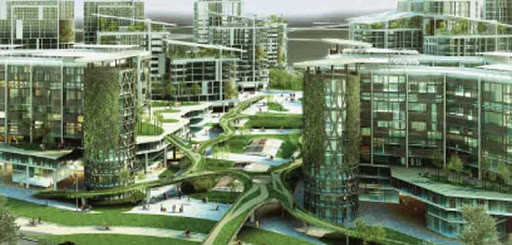
Benefits of green building
Green buildings have many advantages, which include the following:
• Use of natural energy in daily use
• Stability of the indoor environment
• Use of waste and wastewater in the production of water needed for irrigation of green spaces • Applying appropriate methods to reduce wasted energy or control it and optimize energy consumption Pay attention to the climatic properties of the region Use non-chemical recyclable materials and materials that do not endanger human health Design with materials close to nature Use natural plants as inspiration for living design Avoiding harming the condition of the land for the sake of more profit • Achieving the highest quality of life in the shadow of relying on the environment • How to use the land Using green buildings makes us live in a more stable and healthy environment and achieve a higher quality of life. They can save energy, preserve the environment, improve people’s health and comfort, improve air and water quality, create green spaces and connect more with nature. Also, green buildings can help reduce negative impacts on the economy, including reducing energy and water costs, creating job opportunities in the green construction industry, and increasing the value and durability of buildings.
Suggested article: What is digital architecture? Ways to make money from digital architecture

Famous architects of sustainable architecture style
There are several famous architects in the field of sustainable architecture and green buildings. Below, I mention some of them:
1. Norman Foster ( Norman Robert Foster ): Norman Foster, a prominent British architect, is known for designing sustainable and energetic buildings. Considering the optimal use of sunlight and renewable energy, he designs buildings that help reduce energy consumption.
2. Zaha Hadid: Zaha Hadid, the prominent British-Iraqi architect, is recognized as one of the leading architects in the field of sustainable architecture. Using new technologies and creative designs, he designs buildings that reduce energy consumption and the use of natural resources. 3. Renzo Piano : Renzo Piano, a prominent Italian architect, is known for designing sustainable and environmentally friendly buildings. Using modern technologies and using natural materials, he creates designs that utilize renewable energy and cause less damage to the environment.
Suggested article: What role does a smart thermostat play in creating a modern home?
I hope you enjoyed this article.


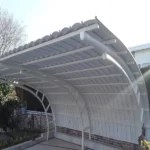






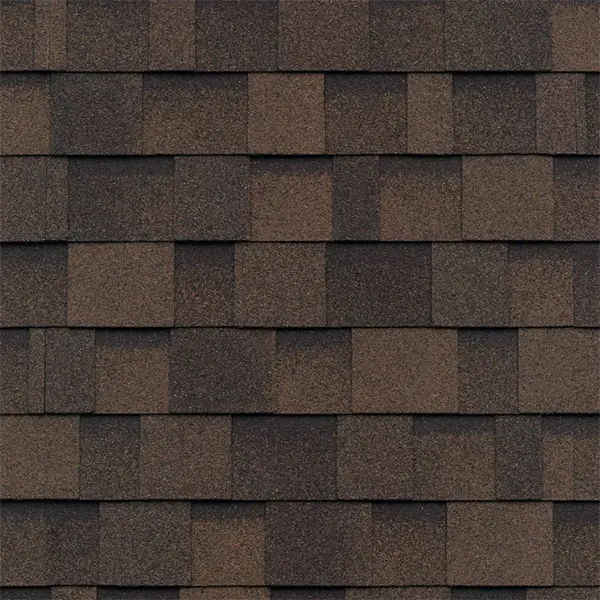


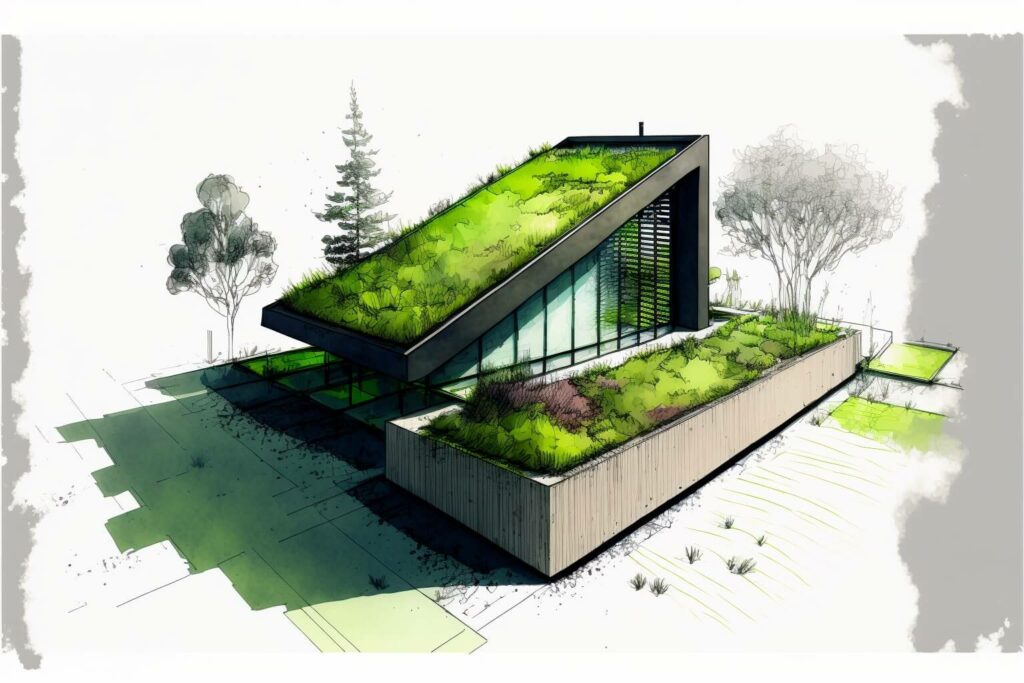



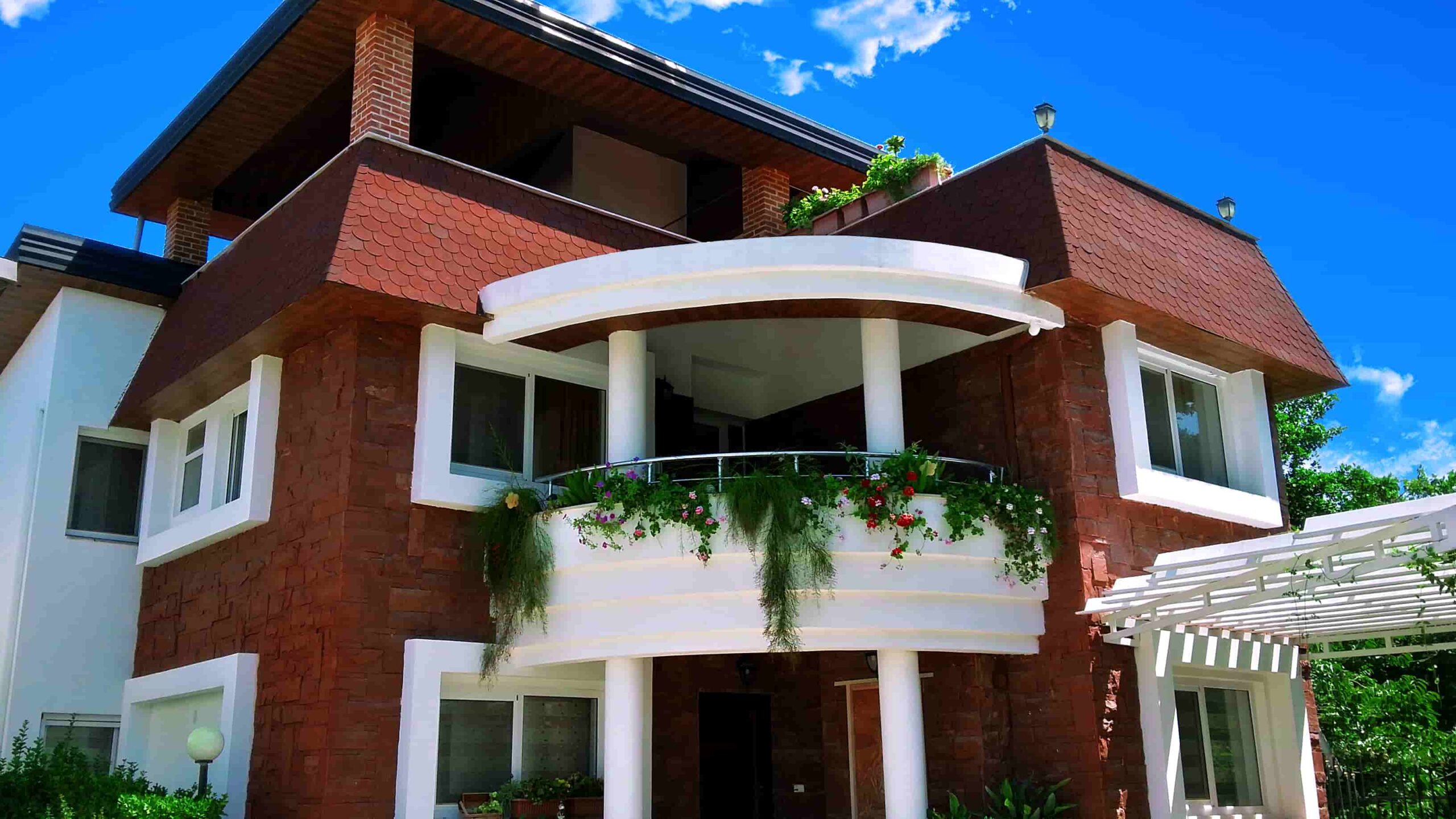
No comment